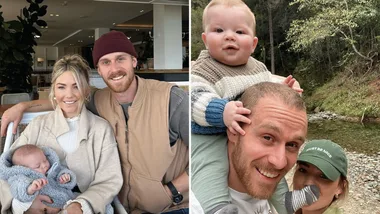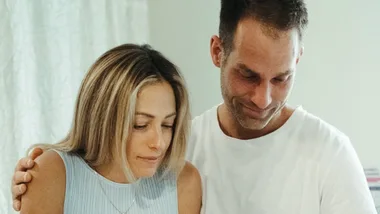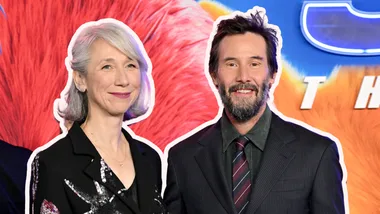At first, the atmosphere was almost festive. “I can still see the bright-crimson glow, it was like the reactor was glowing. This wasn’t any ordinary fire, it was some sort of shining. It was pretty,” Nadezhda Petrovna Vygovskaya recalled of how residents of Pripyat reacted following a malfunction at the nearby Chernobyl nuclear plant in 1986.
“That evening everyone spilled out onto their balconies … people brought their kids out, picked them up, said, ‘Look! Remember!’” Vygovskaya told Svetlana Alexievich for her 1997 book, Voices from Chernobyl: The Oral History of the Nuclear Disaster. “People came from all around on their cars and their bikes to have a look. We didn’t know that death could be so beautiful.”
The horrific Chernobyl disaster is the subject of Chernobyl, an acclaimed HBO miniseries (streaming on Foxtel On Demand now – watch the trailer above). “What I was not prepared for was the breathtaking human drama that occurred after that explosion,” writer-creator Craig Mazin told The Los Angeles Times. “Chernobyl is a human story. It’s not a disaster movie. It’s not about explosions. It’s about people and truths and lies.”
While 33 years have passed since the explosion at the Ukrainian nuclear power plant in the then Soviet Union ignited an unprecedented environmental catastrophe, that night of deadly beauty is still taking a devastating toll on people and the planet. The plant was “imperfectly designed,” Australian contemporary archaeologist and Chernobyl specialist Rob Maxwell told National Geographic. “Also, it was run with management from a coal-fired [energy] background, so they didn’t understand nuclear physics, but they very much understood Soviet ideological pressure. So, when something went wrong – as happened on the 26th of April, 1986 – it went wrong in a very big way.”
It began at 1.23am, when a power surge ruptured fuel rods in nuclear reactor No. 4 and an explosion blew its roof away. Firefighter Vasily Ignatenko was one of the first responders – he and his crew managed to put out all but the graphite fires in reactor 4, but tragically, Ignatenko and 27 other firemen died from the horrific effects of radiation exposure within weeks (more than 200 other first responders experienced lingering effects of radiation sickness and many went on to die of cancer). “Pieces of his lungs, of his liver, were coming out of his mouth,” recalled his wife Ludmila, of his final days, in the book, Voices from Chernobyl. “My love. They couldn’t get a single pair of shoes to fit him [due to swelling]. They buried him barefoot.”
Despite the firefighters’ heroic sacrifice, the graphite fires blazed for two weeks, blanketing neighbouring Pripyat in toxic plumes which travelled into Eastern Europe and Scandinavia – spreading radioactive effects reportedly 400 times more powerful than the bombing of Hiroshima.
“Every atom of uranium-2-3-5 is like a bullet, travelling at nearly the speed of light, penetrating nearly everything in its path: woods, metal, concrete, flesh,” says Jared Harris, in character as the late real-life scientist Valery Legasov in the TV series Chernobyl. “Every gram of U-235 holds over a billion trillion of these bullets. That’s in one gram.”
In the immediate aftermath, around 350,000 people were evacuated and an “exclusion zone”, covering 2600 sq km in Ukraine and 2100 sq km in Belarus, was enforced. The official death toll was 31, but the true toll is much higher, though how high is hotly debated: estimates range from 4000 to 93,000, with reports of up to a million cancer-related deaths on top of that.
Within the last decade, the site was deemed safe, and 50,000 tourists visited the ghost towns of Chernobyl and Pripyat last year. Eco-tourism is also blooming, with Belarus now offering tours of its Palieski reserve, where wildlife including wolves, bison, birds and bears appear to be flourishing, though research indicating fallout-related mutation and disease suggests the full picture of the damage is still unfolding.
The series is also spurring tourism in the area. One tour agency has reported a 40 per cent spike in bookings since Chernobyl began airing internationally in May. Tourists can visit monuments to the victims and abandoned villages.
For Chernobyl creator Craig Mazin, the legacy of the catastrophe resonates deeply in the Trump era. “The debasement of the truth is the scariest thing of all,” said Mazin. “It’s scarier than the lies … The truth isn’t even in the conversation. It’s just forgotten or obscured to the point where we can’t see it. That’s what Chernobyl is about.”









